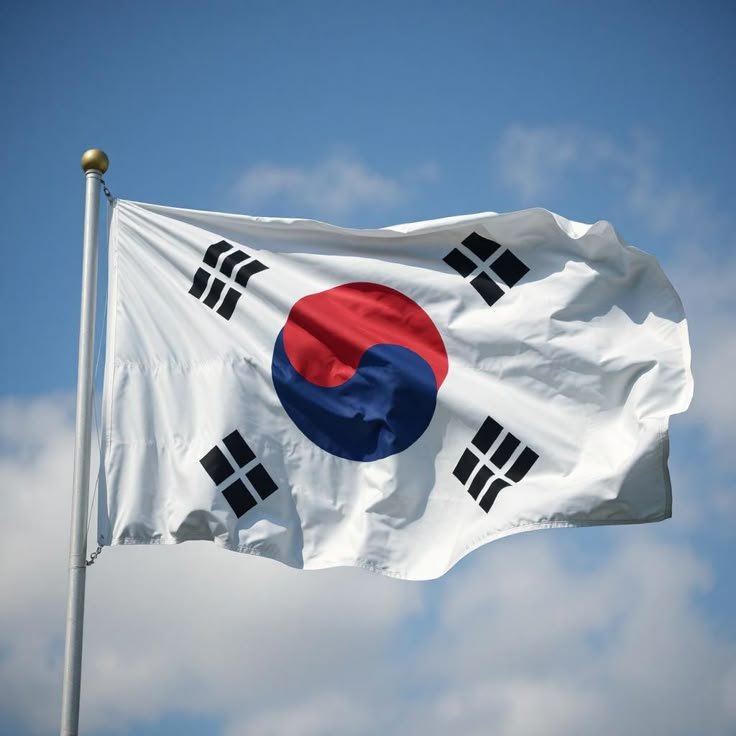
South Korea has taken decisive action to protect its automotive sector after the United States imposed a 25% tariff on imported vehicles and light trucks. This unexpected policy move by the U.S. has shocked global trade markets, and countries with large auto exports, such as South Korea, now face potential disruptions to revenue, jobs, and long-term strategic goals.
In direct response, the South Korean government introduced an aggressive set of emergency measures designed to shield its automakers from the financial strain caused by the tariffs and to reposition the industry for greater resilience and adaptability. The announcement, made on April 8, 2025, by South Korea’s Ministry of Trade, Industry and Energy, emphasizes that the country will not remain passive while one of its most critical sectors faces international pressure.
A Strategic Industry Under Pressure
South Korea’s automotive industry serves as a cornerstone of the national economy. The country ranks among the world’s top five automobile exporters and relies heavily on the U.S. as a primary market. In 2024 alone, South Korea shipped over $34 billion worth of cars and auto parts to the U.S., making up nearly half of its total auto-related exports.
The sudden imposition of a 25% tariff by the U.S. threatens to upend this economic lifeline. Automakers in South Korea now face increased costs, potential contract cancellations, and possible layoffs if vehicle demand in the U.S. drops due to price hikes.
South Korea’s Emergency Response
To protect the industry from these shocks, the South Korean government unveiled a multi-pronged support package focused on five key areas:
1. Financial Boost to Automakers
The government raised policy financing for the auto industry from 13 trillion won to 15 trillion won for the year 2025. This fund will provide loans and grants to manufacturers and suppliers, allowing them to stay solvent, maintain production, and invest in new technology despite shrinking profit margins from exports.
The Ministry emphasized that financial liquidity is vital to help small and medium-sized suppliers meet rising operational costs, especially those dependent on U.S.-bound exports.
2. Tax Incentives to Stimulate Domestic Demand
In an effort to increase car sales at home, the government reduced the automobile purchase tax from 5% to 3.5%. This tax break, in effect until June 2025, targets middle-income families and first-time car buyers, hoping to boost domestic vehicle demand and partially offset the losses from declining exports.
Local dealerships and manufacturers welcomed the move, expecting it to result in a 10% to 15% spike in domestic sales over the next quarter.
3. Aggressive Promotion of Electric Vehicles (EVs)
South Korea already views EVs as the future of mobility. The government used this crisis as an opportunity to double down on its EV push. Subsidies for EV purchases now cover between 30% and 80% of the vehicle’s price—up significantly from the earlier cap of 40%. In addition, the subsidy timeline has been extended until the end of 2025.
By stimulating demand for electric cars, South Korea hopes to accelerate its shift toward greener transport solutions, reduce carbon emissions, and make its auto industry more competitive in the global EV market.
4. Diversification of Export Markets
The government also launched a diplomatic and economic initiative to diversify the country’s auto export markets. Trade missions and commercial attachés will now focus on expanding South Korea’s automotive footprint in Africa, Southeast Asia, Latin America, and the Middle East.
This strategy aims to lessen dependence on the U.S. market and create long-term stability. South Korean officials plan to negotiate new trade deals, lower tariffs in partner countries, and offer joint manufacturing incentives in target regions.
5. Bilateral Negotiation with the U.S.
While rolling out domestic countermeasures, the South Korean government simultaneously seeks diplomatic solutions. Officials will push for high-level meetings with their American counterparts to argue that South Korea, a close ally and a long-term investor in the U.S., should receive favorable treatment.
Trade officials intend to present data showing that South Korean automakers have created thousands of jobs in the U.S. through plants and suppliers, and that continued collaboration serves both nations’ economic interests.
Industry Reaction: Relief Mixed with Concern
South Korea’s automakers appreciated the government’s swift action but remained cautious. Hyundai, Kia, and GM Korea all acknowledged the relief measures, especially the purchase tax reduction and EV subsidies, but warned that sustained tariffs from the U.S. could still lead to a major contraction.
An executive at Hyundai stated, “We applaud the government’s timely support, but the real test will be how long these U.S. tariffs last. If they continue into 2026, we will need to reevaluate our U.S. operations and supply chains.”
Hyundai also pledged to maintain current sticker prices on its U.S. lineup until at least June 2025, signaling its commitment to absorbing short-term costs to keep market share. This move reflects both a strategic investment and a show of loyalty to American consumers amid rising tensions.
Analysts Weigh In
Industry analysts believe South Korea’s policy response is among the strongest globally in terms of direct support to automakers. The emergency package reflects a recognition that inaction could lead to job losses, manufacturing disruptions, and a drop in investor confidence.
However, some warn that the electric vehicle subsidies may not be enough to counter the broader supply chain risks posed by the tariffs. South Korean EV manufacturers rely heavily on battery components and rare-earth materials sourced from China. If the U.S. expands trade restrictions on Chinese exports, that could indirectly affect South Korea’s EV production and pricing.
Economists have also raised concerns about inflation. The higher costs of imports and reduced exports may create imbalances in the domestic market, putting additional pressure on consumer prices and employment across industries.
Global Implications
South Korea’s rapid policy response signals that countries will no longer remain passive in the face of unilateral tariff impositions. This incident adds to growing fears of a global trade breakdown, with more nations preparing retaliatory measures or redirecting their trade strategies altogether.
The U.S. move and the resulting South Korean countermeasures could also encourage other nations with strong auto sectors—such as Japan, Germany, and Mexico—to take similar protective steps. This domino effect may disrupt global auto supply chains, raise vehicle prices, and create uncertainty for both producers and consumers.
Conclusion
South Korea has chosen to act decisively rather than wait for long-term damage to unfold. By injecting financial aid, slashing taxes, promoting electric vehicles, and diversifying export markets, it hopes to turn a looming crisis into an opportunity for reinvention and resilience.
Whether these measures succeed depends largely on the U.S.’s willingness to engage in trade talks and reassess the impact of its tariffs on allies. Until then, South Korea stands prepared—not just to shield its auto industry, but to adapt and thrive in a new, unpredictable era of global trade.





